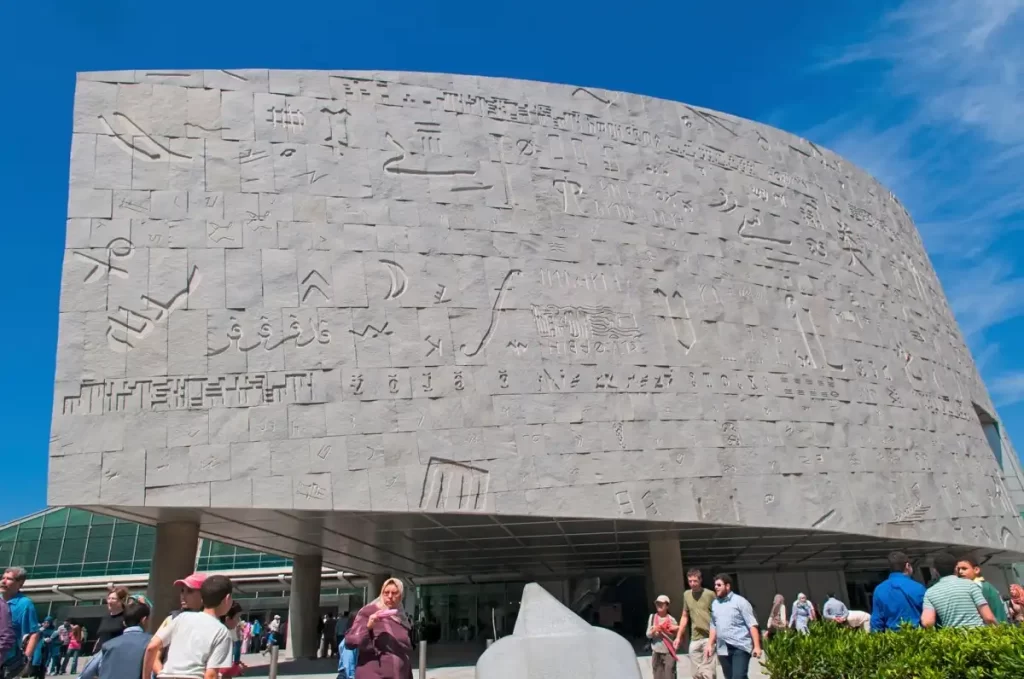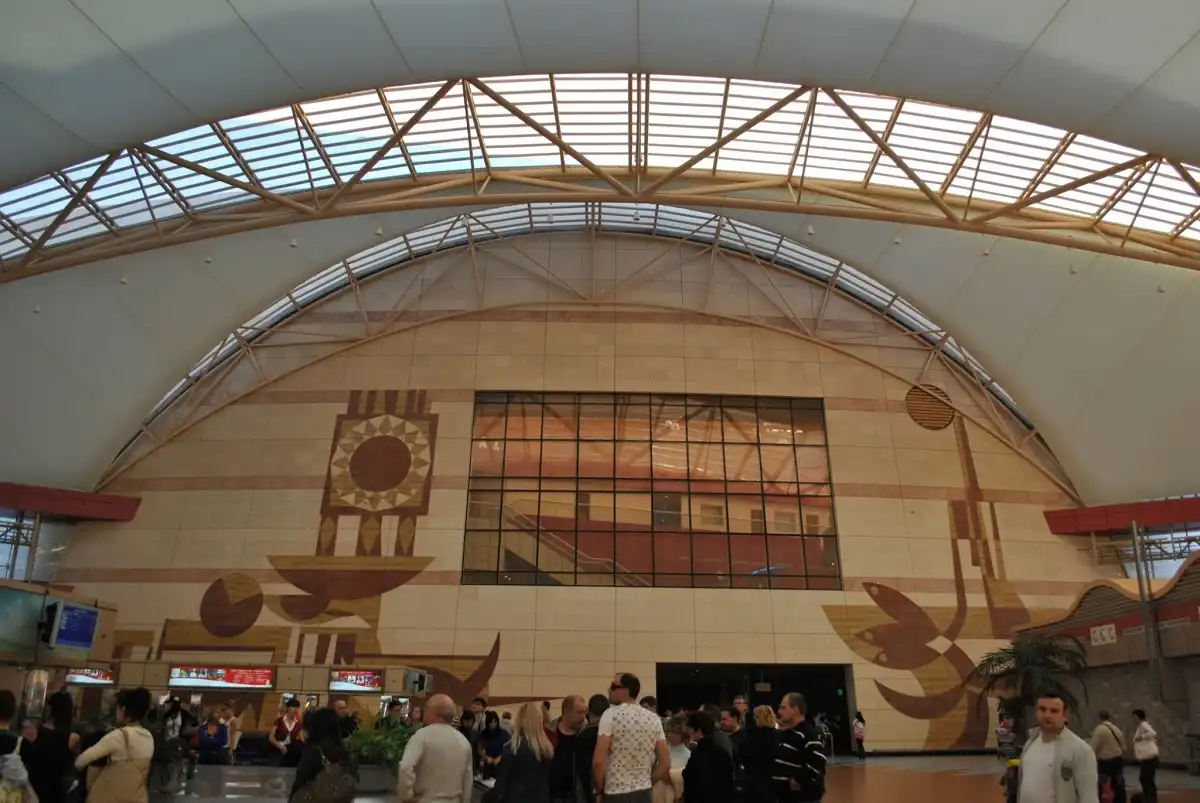
Alexandria Library
[ez-toc]
The present Alexandria library serves as a tribute to the historic glory days and the old Alexandria library, which is one of the biggest and most well-known libraries in the world. It serves as a historical reminder of a time of marvels and miracles when people believed that knowledge was a gift from the gods that would make the earth a paradise. In order to protect and appreciate this wonderful gift, the ancient Egyptians built a temple called a library.
Information about the Alexandrian Library of Antiquity
Some people believe that Ptolemy II began to create the old Alexandria library at the beginning of the third century B.C. under the reign of Alexander the Great (285B.C – 247B.C). Because it held the writings of famous authors and intellectuals from over the world, including Plato, Homer, Herodotus, and Socrates of the Greco-Roman era, the library was seen as the hub of culture. For the biggest researchers on the planet, it comprised between 400,000 and 700,000 parchment scrolls on many topics in different fields. It was the first public government library in the ancient world and was open to everyone, unlike the ancient Egyptian priests, and was situated on the lovely Mediterranean Sea shore.
History of Alexandria Library
Every philosopher, scientist, and writer who donated copies of all their works to the library for safety helped it become one of the most significant landmarks of the period by fusing the cultural and scientific features of both Pharaonic and Greco cultures. Before it was tragically destroyed by a series of earthquakes between the 11th and the 14th dynasties, the great library was destroyed by a massive fire that broke out around 2000 years ago in 48 BC, which resulted in the destruction of this great building and its contents of documents belonging to countless poets, historians, travelers, and scholars.
The New Library of Alexandria
Near the ancient library’s location, on the Eastern Harbor, is where Alexandria’s modern library may be found. With the assistance of UNESCO, the project was made a reality and opened on October 16, 2002, at a cost of $220 million US. Being the sixth-largest Francophone library in the world, it is well known. 20,000 square meters is the size of the main reading room (220,000 sq ft). The library is trilingual and houses the greatest collection of French books in North Africa and the Middle East in addition to works in Arabic, English, and French. The Taha Hussein Library for the Visually Impaired, the Rare Books and Special Collection, the Children’s Library, the Young People’s Library, and the Microforms Library are the six specialized libraries for the arts and multimedia that are found there. The library had thirteen academic research centers, a copy of the internet archive, four museums, high-tech digital collections, and four art galleries for temporary exhibitions.



